Text
“After a performance, I came out into the lobby where a middle-aged Dutch woman was waiting to see me. She politely inquired, “What is Hans doing now?” I responded, “Who do you mean by Hans?” “Hans Buruma, my husband,” she said. As she explained it, Hans Buruma was once in charge of mail delivery at the Amsterdam Central Post Office. Three years before, he had attended Heretics (Jashumon), a guest production from Tokyo presented by my theatre troupe at the Mickery Theater. Just after the play began, two men masked in black leaped down into the audience area, grabbed her husband by the arms, and forcibly dragged him up onto the stage. Once onstage, Hans was dressed in a costume and made up, and before he knew it, he had become a character in the play. At least two times during the course of the play, she clearly saw her husband joining other characters who together pulled the ropes. He seemed to be enjoying himself. But when the play was over, Hans never returned to his seat in the audience. The wife waited for two hours, then went to the dressing room, but the members of the company had already returned to the hotel. That night, Hans failed to come home. After two more nights, he still hadn’t returned. By then, the company had left Holland and moved on to West Germany. She thought he had joined the company, that “they hired Hans for his acting skill.” She thought, “My husband is in the play.” Now. after three years had passed, she was pleading with me, “Please give me back my husband.” I had to tell her that I had never heard this story before. Neither I nor anyone in the company knew a middle-aged Dutchman named Hans Buruma. There was no evidence indicating that such a person had been with us during the past three years. When I told her that I didn’t know him, she was on the verge of tears. “Then where is Hans?” she asked. Three years ago–one middle-aged male post-office delivery worker evaporated into our play. In this case, we cannot distinguish where the drama ends and reality begins.”
— Shuji Terayama, The Labyrinth and the Dead Sea: My Theatre, translated by Carol Sorgenfried in Unspeakable Acts: The Avant-Garde Theatre of Terayama Shuji
7K notes
·
View notes
Text
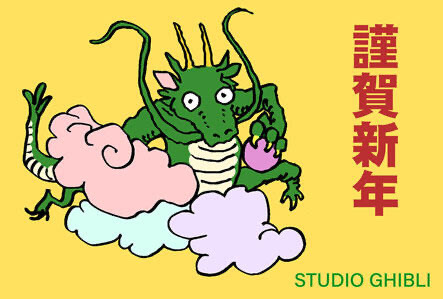
Hayao Miyazaki’s Happy New Year 2024 Year of the Dragon illustration
33K notes
·
View notes
Text
I'm a Buddhist Inverse Solipsist. I believe that I am the only guy still in samsara, and all of reality is a truman-show-like act by billions of bodhisattvas who are just humoring me.
19K notes
·
View notes
Photo
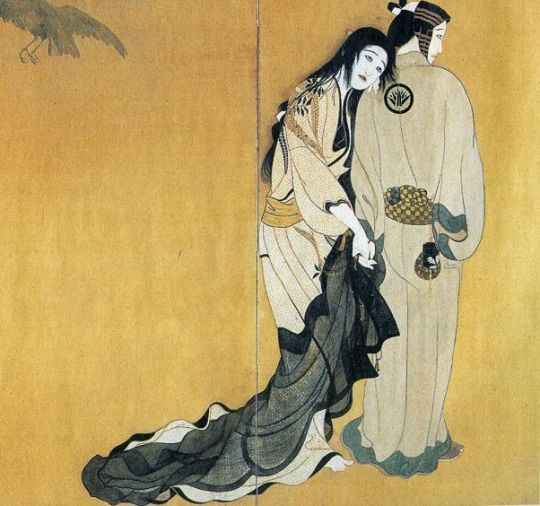
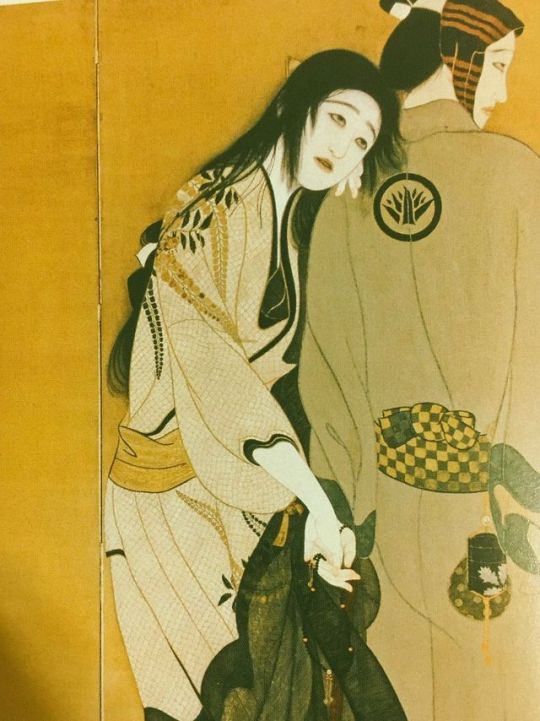
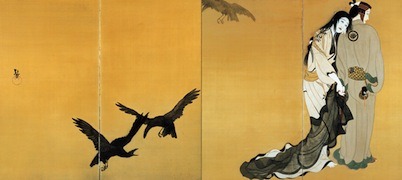
byōbu-e 屏風絵 de
Kitano Tsunetomi 北野恒富 (1880-1947).
1K notes
·
View notes
Photo

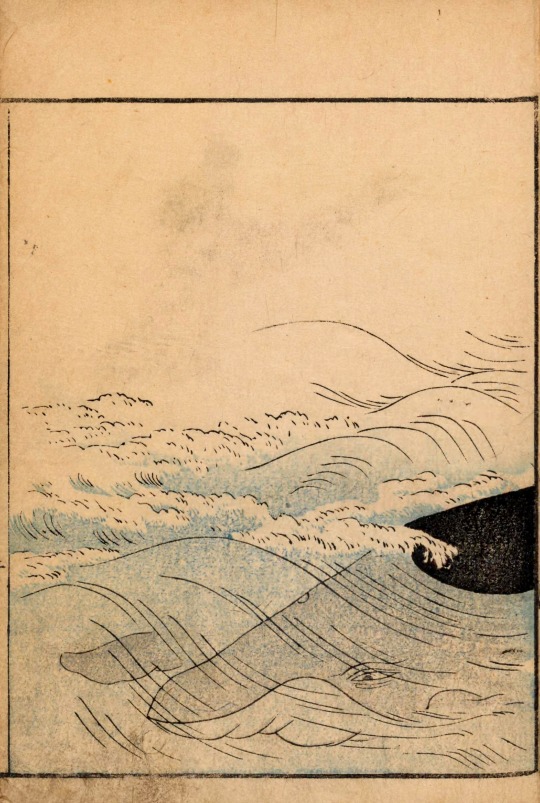








Gyokai ryakuga-shiki
By Masayoshi, 1764-1824
Ry?ko, Shunp?d? Noshiro.
Publication info Plaats van uitgave niet vastgesteld :Uitgever niet vastgesteld,1813 [Niet voor 1830]
Contributor: Naturalis Biodiversity Center
Sponsor: BHL Europe
1K notes
·
View notes
Text


Suit
Yohji Yamamoto
Fall/Winter 1993-1994
LACMA (Accession Number: AC1997.179.1.1-.2)
339 notes
·
View notes
Text
Mundane halloween 2023
Yes, it's a few days late, but it hasn't crossed my dash yet, so I'm reporting live from twitter to make up for that
As usual, all screenshots are from a english-language thread by Nick Kapur
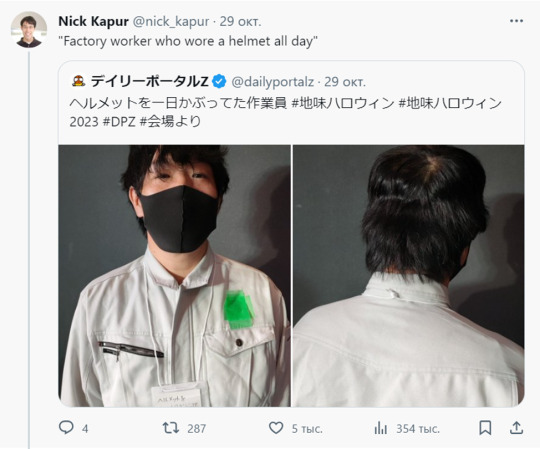
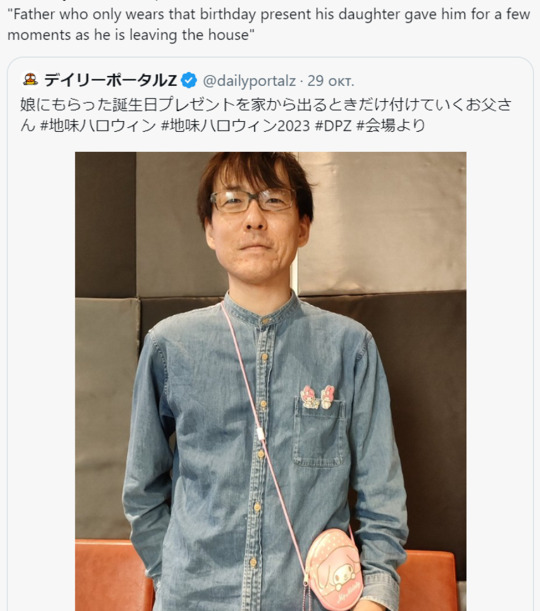


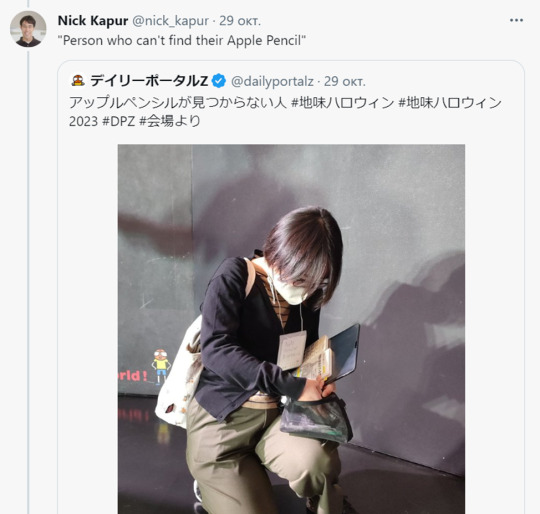
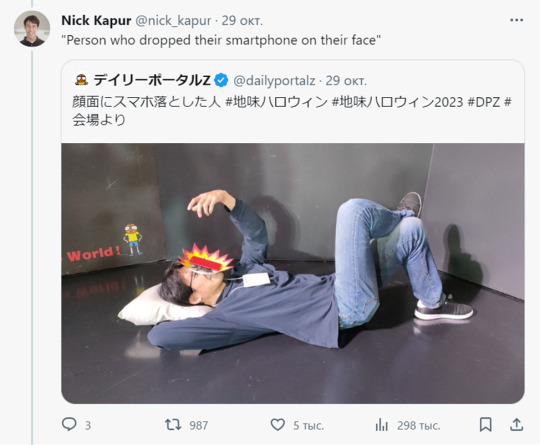
(this guy is besties with the guy from a previous year who ‘got a faceful of shaken up cola’)

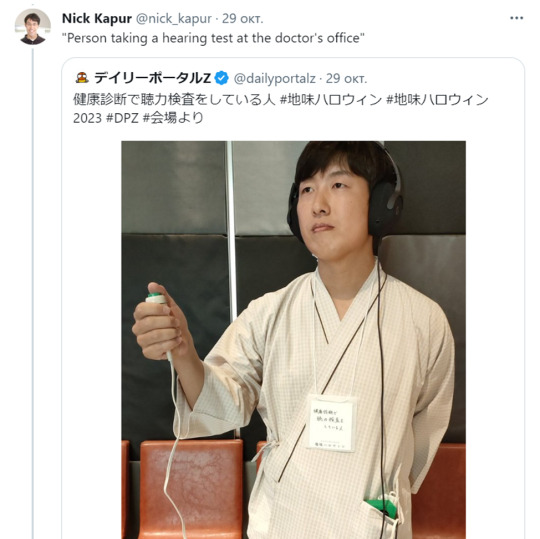

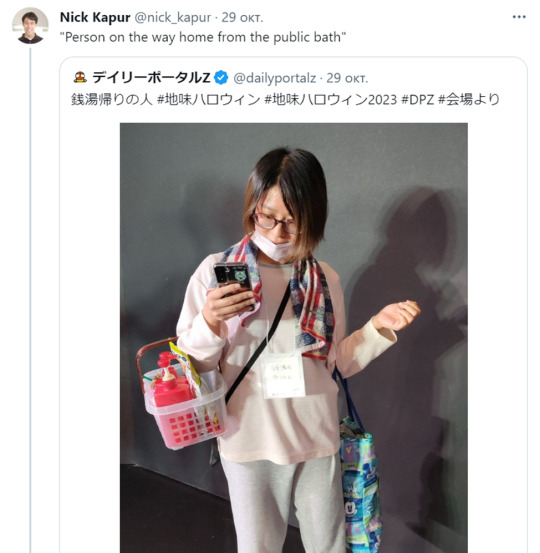


(personally, coming from a nothern country, i'm ready to bet it's skiing)
#mundane halloween#daily frustrations#again with shitposting.. when will she post something serious again
1 note
·
View note
Text
there's currently a free japanese indie film festival being held online! all the films have subtitles in english, spanish (latin america), thai, indonesian, simplified chinese, and traditional chinese
and the films are available to watch worldwide (except japan and some others depending on the movie):
bachiranun (2021)
tenzo (2019), not available in france, belgium, switzerland, korea
an artisan's legacy, tsunekazu-nishioka (2012)
lonely glory (2022)
hanagatami (2017), not available in china, us, canada, uk, and ireland
bon-uta, a song from home (2019)
and your bird can sing (2018), not available in korea, china, taiwan, us, and canada
hey! our dear don-chan (2022)
techno brothers (2023)
a muse never drowns (2022), not available in the netherlands, and canada
a girl in my room (2022), not available in korea, china, and taiwan
follow the light (2021)
the festival will be held until october 31, 2023 :))
6K notes
·
View notes
Photo

出XIT vanishingage
450 notes
·
View notes
Photo
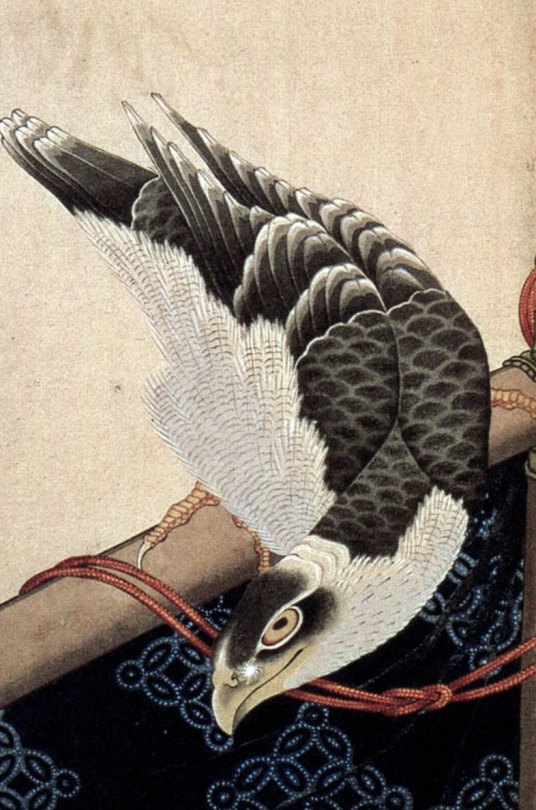

Katsushika Hokusai: Hawk on a ceremonial stand
534 notes
·
View notes
Photo

Ohara Koson: Siberian Blue Robin
418 notes
·
View notes
Text
Ughhhhhhh i'm not dead but the uni is working hard to change that. Aren't we supposed to be working on our theses this year?.. Anyway, here's a new proverb i learned recently:
譬えに嘘無し坊主に毛無し
Or, as i'd translate it, "[The] proverb isn't lying [as sure as] monks don't have hair". Nothing much to add to that, i just like the comparison, it's very vivid.
#音topic#word of the day#japanese language#it feels like i kinda forgot how to write posts but i'll figure it out#and again a bit of#daily frustrations#when will it stop? who knows
2 notes
·
View notes
Photo


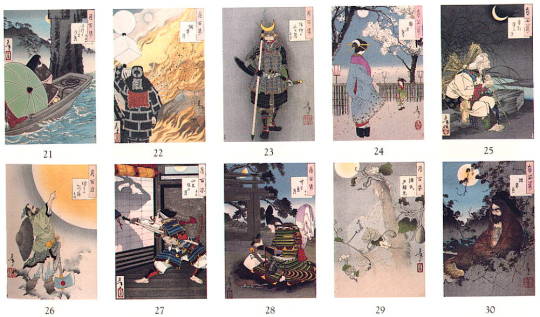

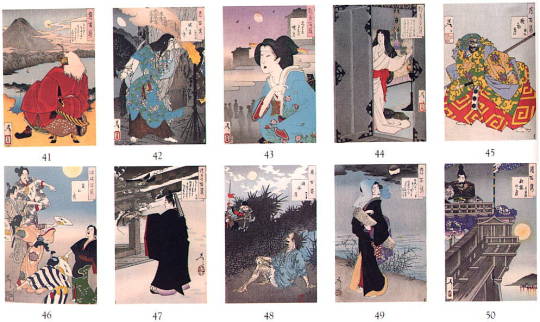




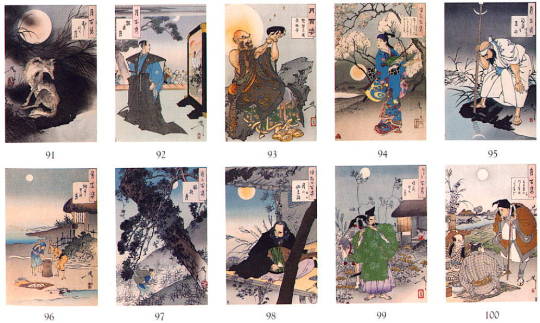
TsukiokaYoshitoshi, One Hundred Aspects of the Moon
Tsuki hyakushi (One hundred aspects of the moon), a collection of 100 large, moon-themed nishiki-e (multicolored woodblock prints) by Tsukioka Yoshitoshi (1839−92). The prints were published in batches by Akiyama Buemon between 1885 and 1892. They depict various aspects of the moon, drawing upon Japanese and Chinese anecdotes, historical events, and mythology, and relate to a wide range of subjects, including famous warriors, notable women, birds and animals, and goblins and ghosts. The print is contained in a folding book consisting of all 100 prints from Tsuki hyakushi and two indexes that were created after the series was completed. It is believed to have been bound by its former owner. A preface that was written at the same time as the indexes were compiled is not included in the book. Scholars believe that the order of the pictures in the album does not follow the order in which they were published, but instead their order in the indexes, although there are some variations. Tsukioka Yoshitoshi was an ukiyo-e artist from the school of Utagawa Kuniyoshi (1797–1861), active from the Bakumatsu (final years of the Shogunate) into the Meiji Period. He created a wide range of works, including bijin-ga (pictures of beautiful women), fuzoku-ga (pictures of manners and customs), and pictures of historical and literary characters. Completed in the year that he died, this series is highly regarded as the masterpiece of his later years.
source LOC
2K notes
·
View notes
Photo
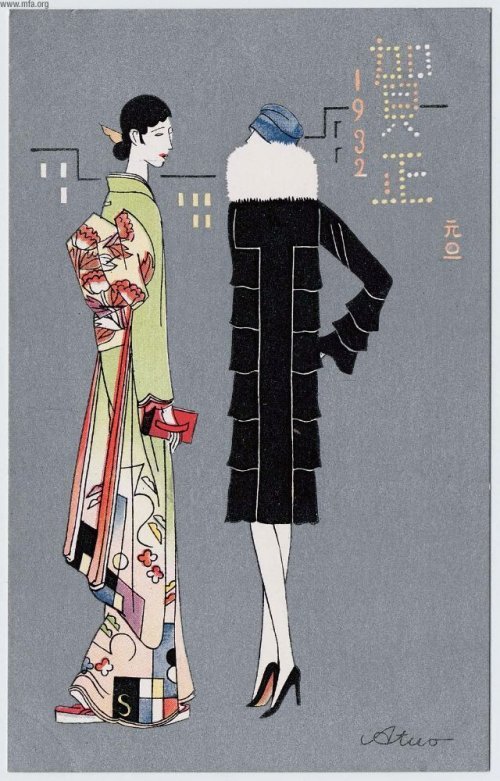
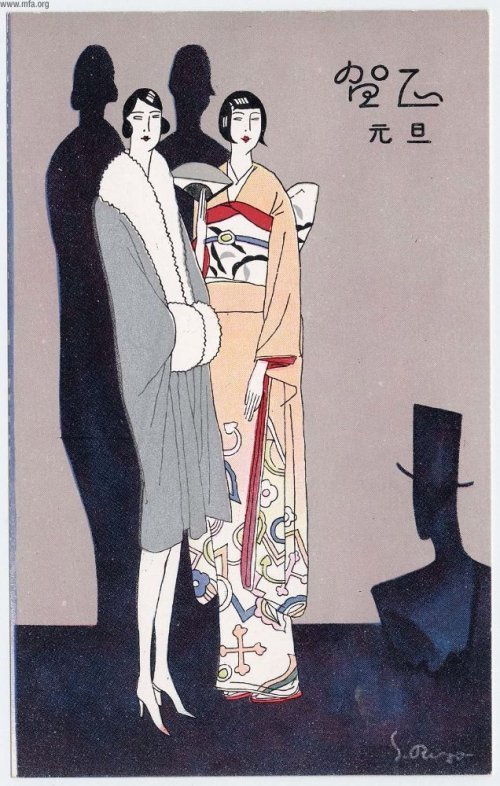

1 - Atsuo, New Year’s card, 1932
2 - S. Riyo, New Year’s card, 1930s
3 - Sin, A Happy New Year, 1930s
519 notes
·
View notes
Photo

Incense burner, made in Japan in the 17th century (source).
1K notes
·
View notes
Text
..or is that a previously absen roommate? but the lady from administration said we had an empty bed just earlier today,,,,
lmao i think my roommate just invited a friend over to our dorm room at 9pm to have a very loud job interview of some kind
the karma of repeatedly inviting friends to (sometimes also loudly) work together this same room seems to be catching up to me, but still i feel like that was kinda fucked up
2 notes
·
View notes